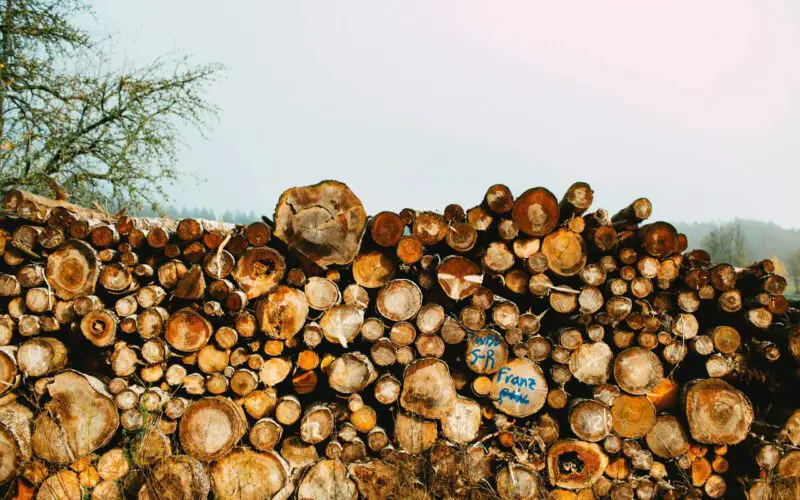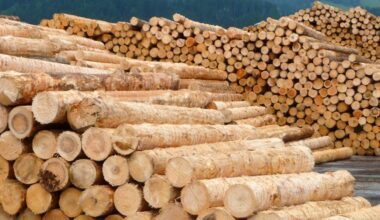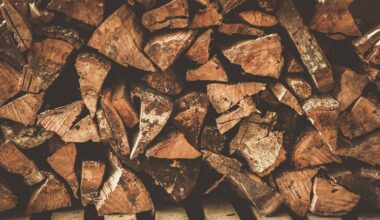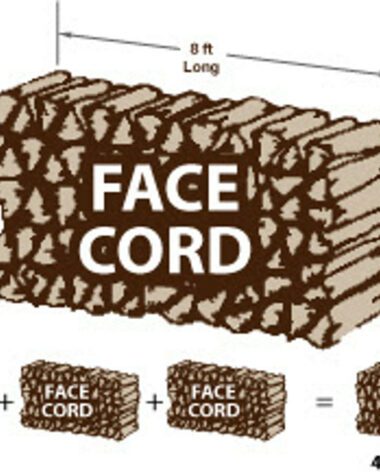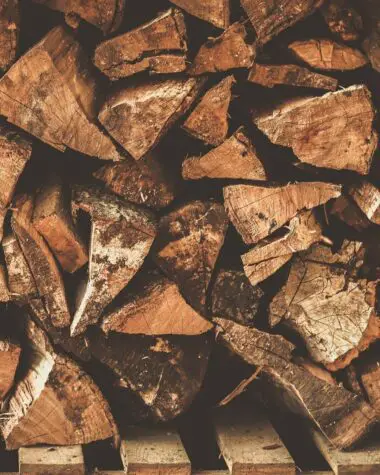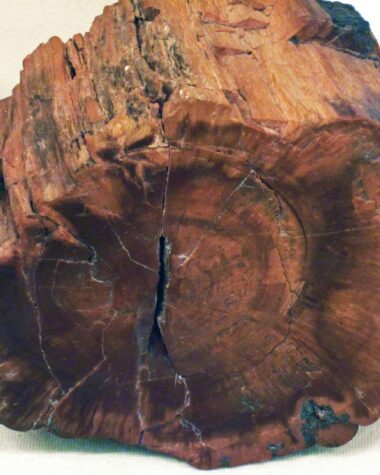Wood is NOT a fossil fuel because it is a renewable and recyclable resource. Fossil fuels are very different from other types of wood. Fossil fuels are from decomposed organic matter that has been chemically and physically processed over a period of time using pressure and temperature.
Fossil Fuel
Fossil fuels are formed from the remains of dead plants and animals. These are hydrocarbons, and the most common fossil fuels are coal, fuel oil, or natural gas. These fuels are not readily available from the ground.
Fossil fuels are mostly obtained by mining deep into the earth, sometimes from the sea to the fossil fuel-rich ground found at the bottom or from rich coal mines that are found miles from the earth’s surface.
There are also hydrocarbon-containing natural resources that are not from animal or plant sources and are known as mineral fuels. The use of fossil fuels has enabled the success of large-scale industrial development and has made water-driven mills, and has outdated the use of wood or peat for heat.
Wood As A Renewable Energy Source
Wood is regarded as the first energy source used by humans. It continues to be the most significant renewable energy source. Today, it contributes around 6% of the world’s total primary energy output.
Wood is extracted from a tree and utilized for a variety of daily tasks, including the construction of houses, furniture, and art. Wood is also used as a fuel source. It is a renewable resource because it cannot be depleted, and nature will continue to supply wood as long as trees exist.
On the other hand, nonrenewable fossil fuels like coal, oil, and gas require hundreds of millions of years to create. When fossil fuels are used to create energy, they emit dangerous greenhouse gasses like carbon dioxide.
All fossil fuels are nonrenewable. However, not all nonrenewable energy sources are considered fossil fuels. Coal, crude oil, and natural gas are fossil fuels because these are buried remains of plants and animals that were alive millions of years ago. On the other hand, uranium ore is mined and manufactured into a fuel source used to power nuclear plants. Uranium is not a fossil fuel and is nonrenewable fuel.
Petrified Wood As A Fossil
If you look for a way to make wood a fossil, then it must be petrified first. Petrified wood is a fossil because it is the preserved remains of a past organism (a tree). Quartz now serves as the original biological material’s replacement.
The original bone of a dinosaur specimen at a museum has been replaced with quartz in the same way. Unlike other kinds of fossils, which are typically compressions or impressions of the original organic material, petrified wood is a three-dimensional representation of it.
Read: Wood Fact | How Does Petrified Wood Form
Wrapping Up
Here’s a fact about wood. Wood is a renewable resource which is why it is not a fossil fuel. You can cut down trees to make furniture, use them as building materials and then plant another tree. It is not a fossil fuel, although these fuel sources come from dead trees, plants, animals, and other organic materials.
